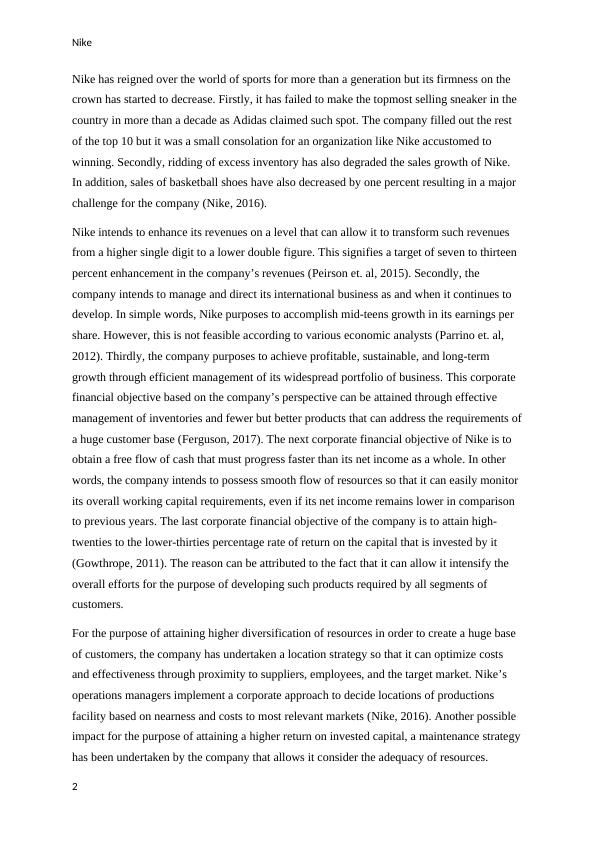Nike: Corporate Financial Objectives and Strategies
Added on 2023-06-13
5 Pages1442 Words406 Views
End of preview
Want to access all the pages? Upload your documents or become a member.
Fair Value: Definition, Calculation, and Importance in Corporate Accounting and Reporting
|5
|1424
|416
ASA 701 and Material Misstatements in Auditing: A Case Study
|12
|2616
|368
ASA 701: Communication of Key Audit Matters - Green Machine Ltd and Advanced Computer Solutions
|12
|2607
|110
Understanding Accounting Theory through a Real-World Case of National Australia Bank
|9
|2117
|248
Corporate Governance and Financial Management
|8
|1701
|258
Comparative Analysis of Inghams Ltd and Woolworths Ltd Financial Statements
|18
|4098
|344


